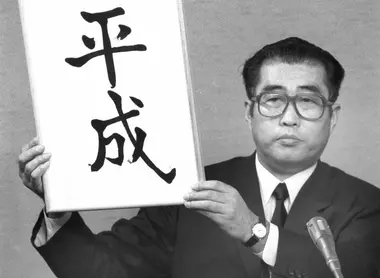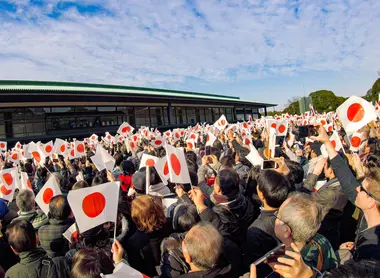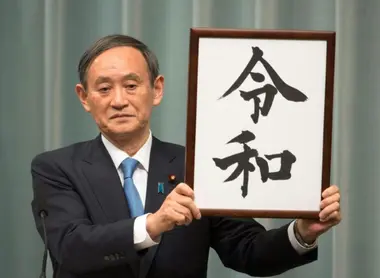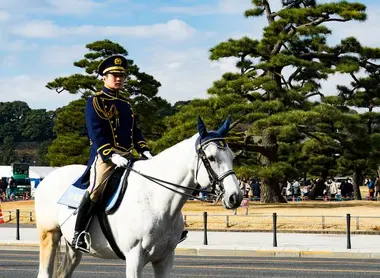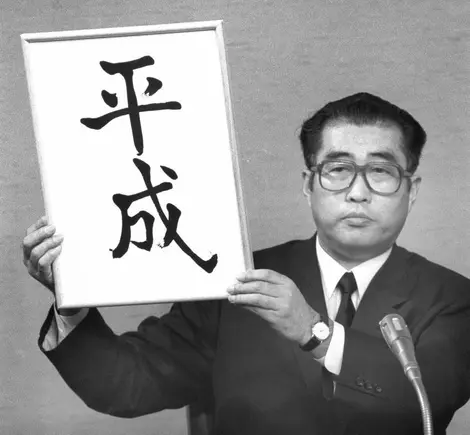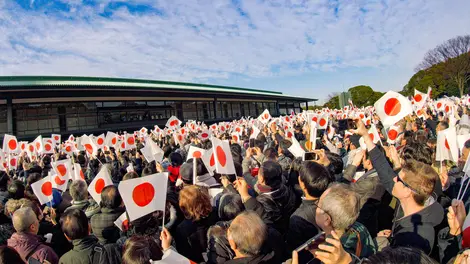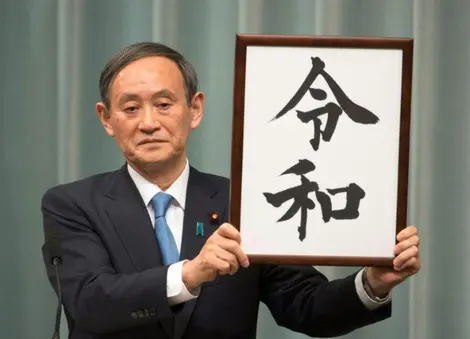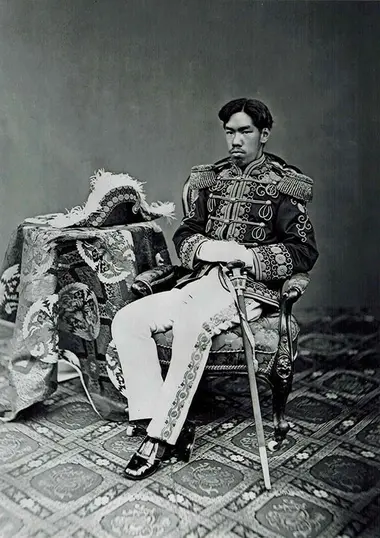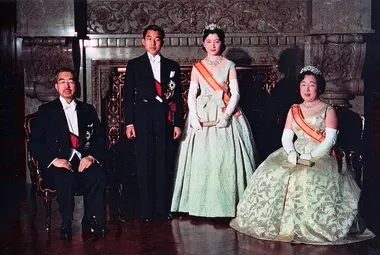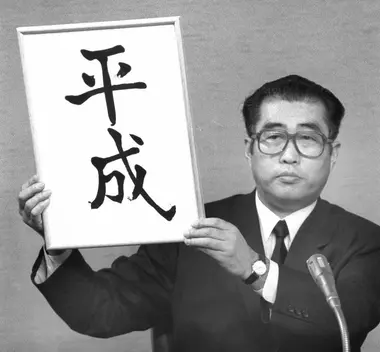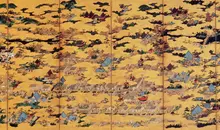Gengo, Japanese imperial era names 元号
- Pubblicato il : 29/04/2019
- Per : J.L. / O.F.
- Youtube
Bienvenue dans les ères japonaises !
Au Japon, en parallèle du calendrier grégorien majoritairement utilisé dans le monde entier, il existe aussi un système pour compter les années basé sur les règnes des empereurs. Venant de Chine et adopté au Japon en 645, ce calendrier est utilisé dans la vie de tous les jours par la population mais aussi par l'administration et le gouvernement japonais.
How does the imperial era system work?
The system of the imperial era was established in the year 645 during the reform of Taika under the reign of Emperor Kotoku, known as the 36th of his lineage. The first imperial era recorded in Japan is therefore called the Taika era and lasted until the year 650 of the Gregorian calendar. Since that time, 247 gengo have followed, and the 248th was named on 1st April 2019.
- To read: The Emperor of Japan
The system evolved a little when Emperor Mutsuhito came to power in Keoi period year 3, which began the first year of the Meiji era (1868-1912).
It was on this date that the system of a gengo = an emperor was set up.
Before this the gengo could change for various reasons. There is therefore a difference between the modern eras and those prior to the Meiji era.
Before 1868, a natural disaster or epidemic could be reason enough to begin a new era and start again from scratch.
An era could previously include parts of the reigns of different emperors, and an emperor could reign for several eras. This changed during the movement known as the Meiji Restoration.
So, Komei was the emperor of the Kaei, Ansei, Man'en, Bunkyo, Genji and Keio eras. On the other hand, Yoshihito was the emperor of the Taisho era (1912-1926) and Emperor Hirohito reigned during the Showa era (1926-1989), which lasted 63 long years.
- Read: The history of Japan
The Heisei era (1989-2019) was triggered by the death of Emperor Showa on January 7, 1989. The next day on January 8, a new emperor was named, his son Akihito.
To establish the new era, just a single day of reflection to decide the name was necessary, but there was a month-long transition period before officially entering the new era, giving administrations and the population time to adapt administrative documents, computer programs and all official documents.
It wasn't until 1872 that Japan began using the Gregorian calendar of the Western world. And this trend became stronger after the Second World War. But despite this it's still very common today to use gengo for administrative documents, such as driving licenses, for example.
How is it decided?
Ever since the new Japanese constitution, adopted after the Second World War, it has been the government that decides the name of the era. This is how it happened for the Heisei era, and now for the new era.
The Prime Minister chooses a panel of renowned scholars and asks them to propose potential names that would be appropriate for the new era. Everyone must propose several gengo and these gengo must consist of two kanji.
Note that the same kanji tend to appear pretty frequently, since 645 only 72 kanji have been used for 248 era names, of which 21 characters were used more than ten times!
The name must have a proper meaning relevant to the ideals and ambition of the nation, and have a positive meaning. It must also be constructed of kanji easy to read and write for all.
This is the case for the Heisei era, which means "the achievement of peace", as well as for the new Reiwa era. The name of this one, in connection with waka poetry, deals with the human connection to nature and love, what we really need in the twenty-first century.
Naruhito and the Reiwa Era
For the first time in two centuries, an Emperor of Japan has abdicated and Akihito is stepping aside for his son, Naruhito. This means a change of era and the end of 31 years of Heisei.
Emperor Akihito, now 85 years old, caused nationwide shock in Japan when he announced his desire to abdicate in the summer of 2016. Referring to growing fatigue in his old age, he feared that he could not properly fulfill his role as a symbol of the Japanese state.
Yet the code of the imperial house stipulates that the emperor must maintain his office until death, as his predecessors did before him. It was therefore necessary to convince Prime Minister Shinzo Abe and his ministers to reconsider these strict laws.
In the face of a very conservative government, the law that the emperor must perform his duties until his death has not been changed, and Akihito alone has an ad hoc provision. Naruhito is warned!
The abdication of Akihito has triggered the end of Heisei and the beginning of a new era. The name of it was unveiled on Monday, April 1st, 2019: it will be known as REIWA. It will start on May 1st, 2019 with the coronation of the new Emperor Naruhito.
"Reiwa" was quoted in the "Man'yoshu" the first anthology of Waka (7th-8th centuries), a collection of Japanese poetry, symbol of the culture and tradition of the archipelago.
- Discover: The new Japanese era: Reiwa
